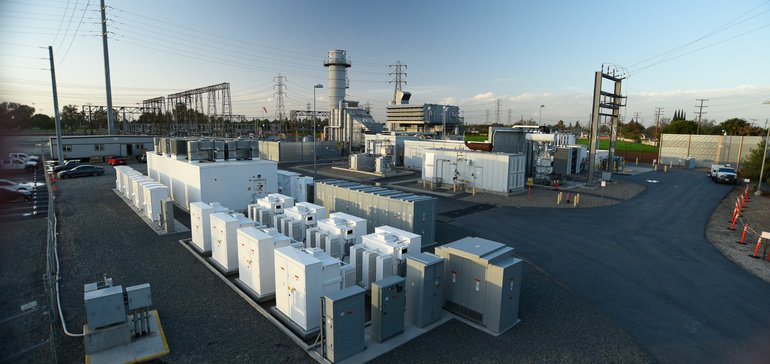
Jan . 24, 2024 10:57 Back to list
C&I energy storage market may be small, but it’s slowly growing
The installed capacity of energy storage in the commercial and industrial (C&I) market is significantly underdeveloped when compared to the utility-scale and residential markets. In the third quarter of 2023, the grid-scale segment deployed 6,848 MWh of storage, while the residential segment installed 381.4 MWh and the C&I market managed only 92.9 MWh. The C&I market is predicted to continue lagging behind the other two markets beyond 2027. However, despite being in last place, contractors installing batteries in the C&I segment are still experiencing high demand, particularly in pro-storage states like California and Massachusetts. By focusing on education and policymaking, commercial storage adoption could increase more rapidly across the country.
California is leading the nation in storage installations, much like it has with solar energy. The NEM 3.0 era in California, which requires storage to be installed alongside solar, is expected to further boost storage deployment. Existing PV systems are being retrofitted to incorporate energy storage, allowing customers to change their interconnection agreements and maximize the benefits of their existing solar installations. Adding energy storage to a deal improves the return on investment (ROI) by reducing the payback period and increasing savings. With the inclusion of storage, customers can use battery power during peak demand periods, enabling them to stay in lower demand tariff brackets and minimize utility charges.
Utilities are also recognizing the advantages of energy storage for grid resiliency. The increasing electric load and demand, as well as the growing adoption of electric vehicles, have raised concerns about the reliability of the grid. Independent system operators throughout the United States are facing challenges in maintaining reliability. This recognition by utilities is contributing to the push for more energy storage adoption in the C&I market.

States and utilities are actively encouraging the application of energy storage in the C&I sector. In the Northeast, additional revenue streams are being offered through virtual power plants (VPPs) and greenhouse-gas emissions reduction programs for battery owners. The financial incentives provided through these programs make solar and storage a compelling economic argument for C&I entities. However, while certain regions have seen success due to favorable policies, there is still room for improvement. Other states proposing energy storage targets have set small quotas, such as Michigan's requirement of only 2.5 GW by 2030. New York's Climate Act has called for 3 GW of storage by 2030, with a suggestion to increase it to 6 GW, but no official action has been taken.
The historical dependence on generators is another obstacle to energy storage adoption in the C&I market. Generators have traditionally played a significant role in the commercial and industrial space. However, storage offers faster response times during blackouts or brownouts, allowing for a seamless transition from grid power to backup power without disrupting operations. It is important for battery makers to better communicate the value of the technology to both installers and end-customers in order to overcome these obstacles. Building awareness and providing training and support for contractors, installers, and the engineering community can help mainstream storage adoption in the C&I market.
In conclusion, energy storage deployment in the C&I market is far behind that of the utility-scale and residential markets. However, contractors installing batteries in the C&I segment are still experiencing high demand, particularly in pro-storage states. California leads the way in storage installations, and the NEM 3.0 era is expected to further boost storage adoption. States and utilities are encouraging C&I storage applications through additional revenue streams and greenhouse-gas emissions reduction programs. However, there is still room for improvement in terms of policy regulation and setting higher energy storage targets. Overcoming the historical dependence on generators and increasing awareness of storage technology's value are also crucial steps in accelerating battery adoption in the C&I market. By modeling the successes of California and the Northeast, the C&I market can further expand storage deployment.
Will be removed if infringing
Reference website:https://www.solarpowerworldonline.com
-
Stackable Battery System: Revolutionizing C&I Energy Storage with Suzhou ACDC
NewsJul.21,2025
-
Revolutionizing EV Charging with Suzhou DC Quick Charging Stations Solutions
NewsJul.21,2025
-
Revolutionize Your Power Needs with Suzhou ACDC's Portable Power Station Solutions
NewsJul.21,2025
-
Outdoor Integrated Temperature Control Cabinet: Elevating Energy Storage Cabinet Efficiency
NewsJul.21,2025
-
Container Type Energy Storage System: Revolutionizing Energy Storage with Stackable Battery Solutions
NewsJul.21,2025
-
Advanced Self-Cooling Energy Storage Cabinet Solutions
NewsJul.21,2025























